10 Fascinating Animals Found in Antarctica
Some of the world’s coolest creatures thrive in the one of the coldest ecosystems.
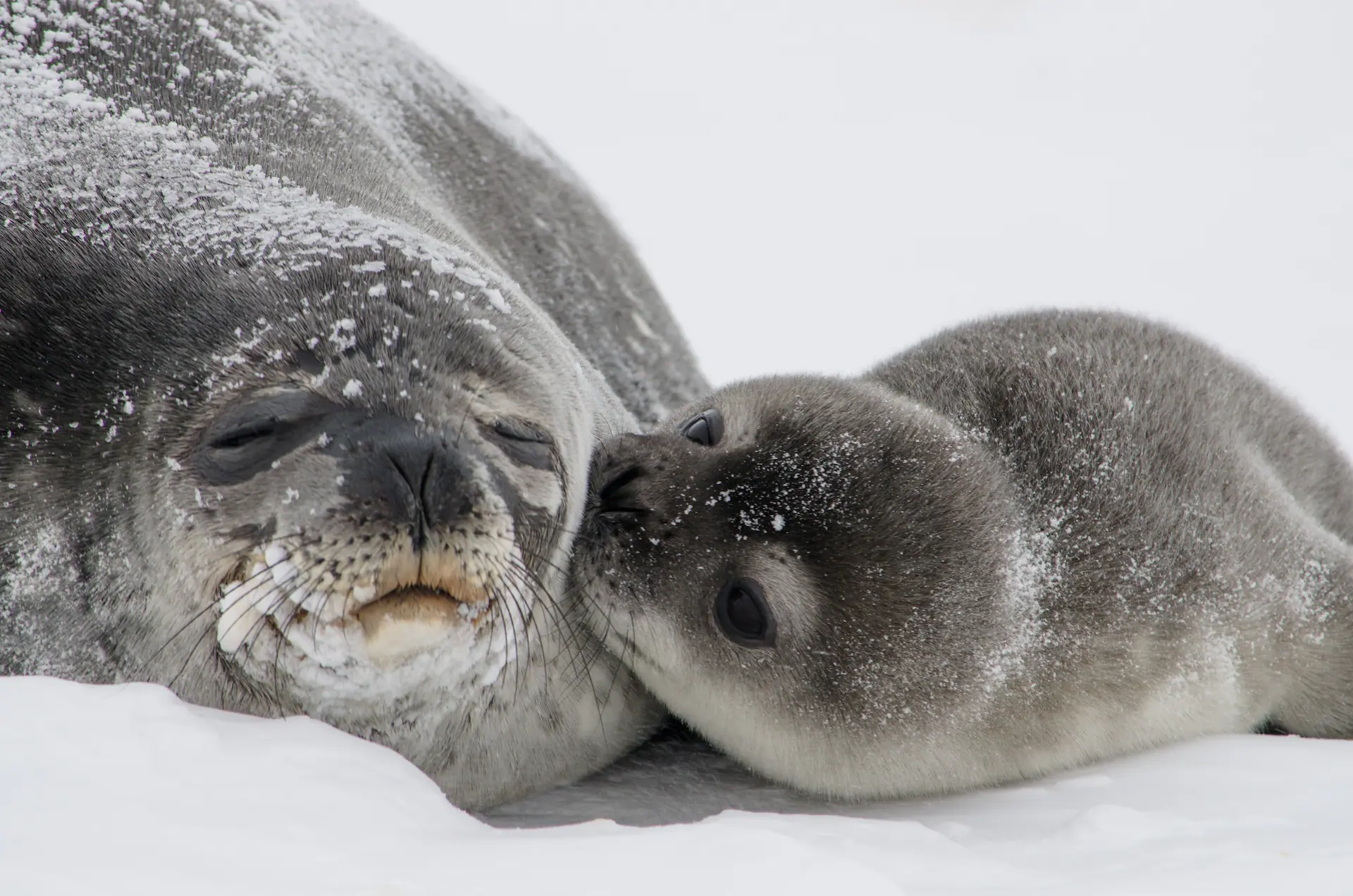
Although both isolated and intensely ice-laden, Antarctica is bursting at the seams with biodiversity, and each species found there is uniquely adapted to flourish in this polar ecosystem. Let’s learn about some captivating creatures that can be observed in this chilly and secluded part of the world.
Get Ocean Updates in Your Inbox
Sign up with your email and never miss an update.
Emperor Penguin
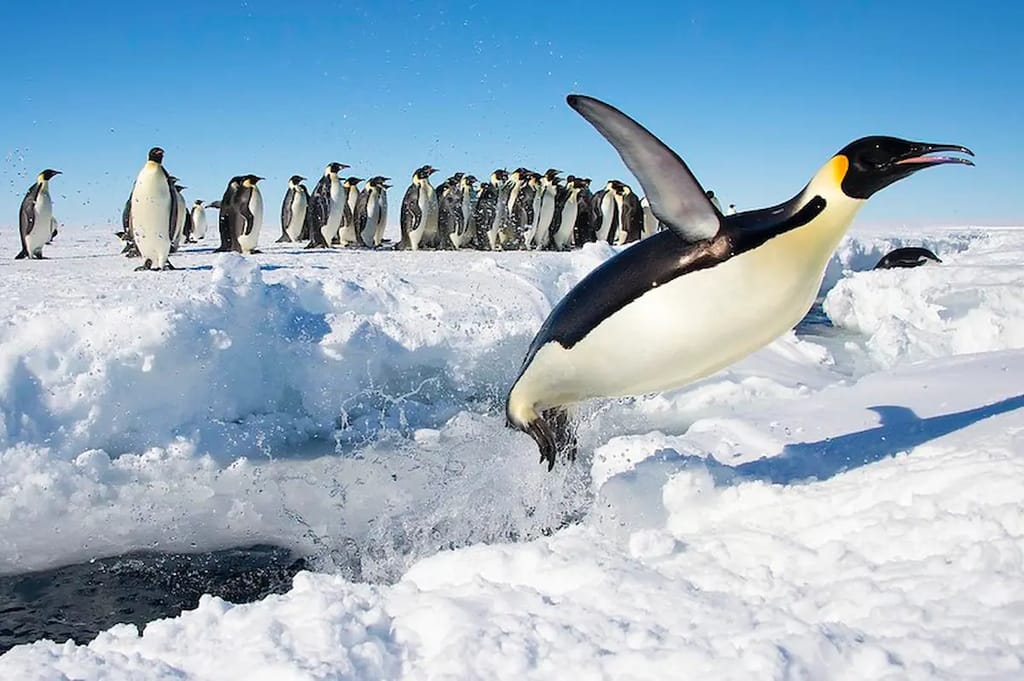
While many penguin species can be found in and around the area, the Emperor penguin (Aptenodytes forsteri) is found exclusively in Antarctica. The world’s largest penguin species, they can stand up to four feet tall and weighing up to 100 pounds. Their high bone density enables them to speed through the water in a torpedo-like fashion, diving to as much as 600 feet below the water’s surface. The world record for an observed emperor penguin dive is a jaw-dropping 1,700 feet!
Elephant Seal
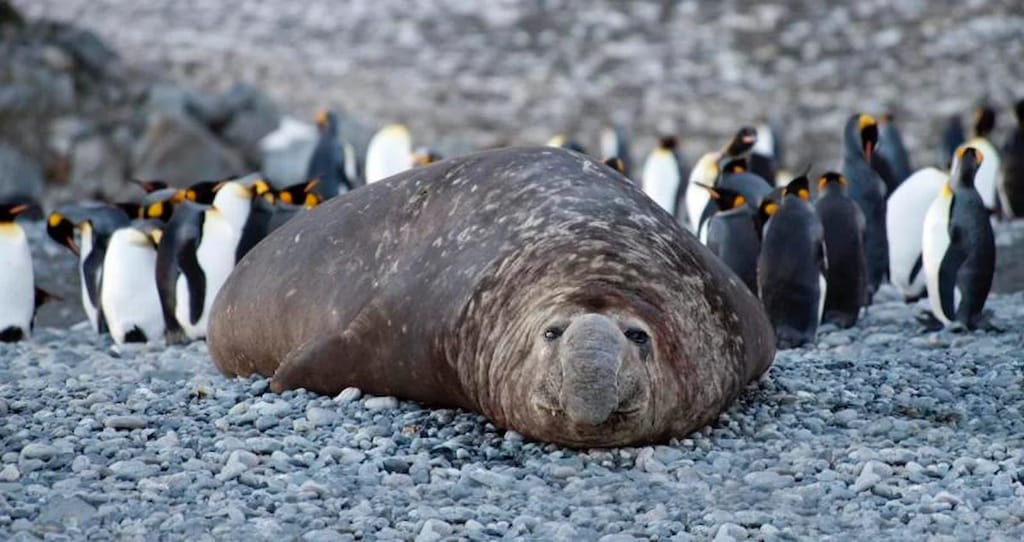
The largest seal in Antarctica is the southern elephant seal (Mirounga leonina), named for their bulging snouts that resemble elephant trunks. Breeding is extremely competitive among elephant seals: Males can weigh up to nearly 8,000 pounds, and only the strongest will mate. They fight other males to develop a harem (a group of females that can exceed 100 individuals) with only 10% of males estimated to succeed in building a harem.
Leopard Seal
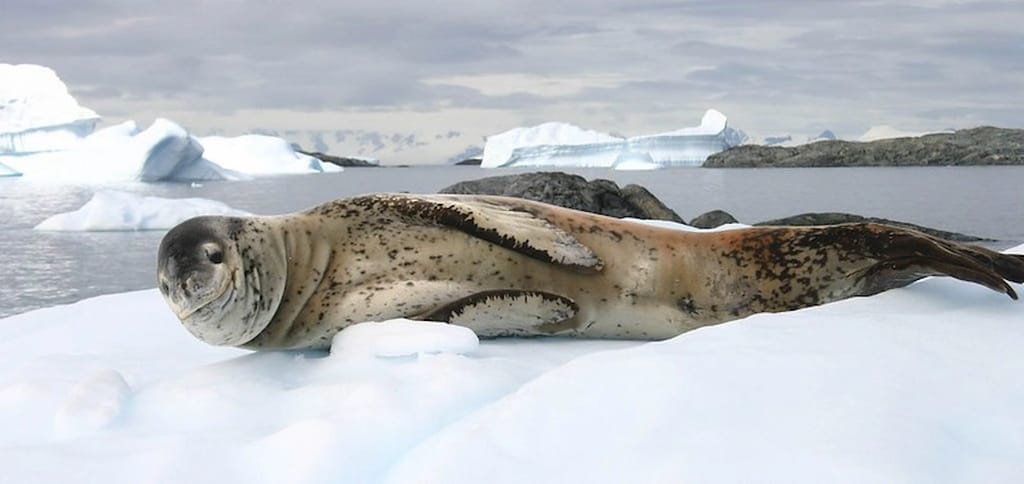
Leopard seals (Hydrurga leptonyx) rank among Antarctica’s top predators and are named not only for their spotted coats reminiscent of a leopard’s skin but also for their top-notch hunting abilities. While a large portion of their diet consists of Antarctic krill, they are unique in that they are also known to feed on other marine mammals, including other seal species.
Weddell Seal
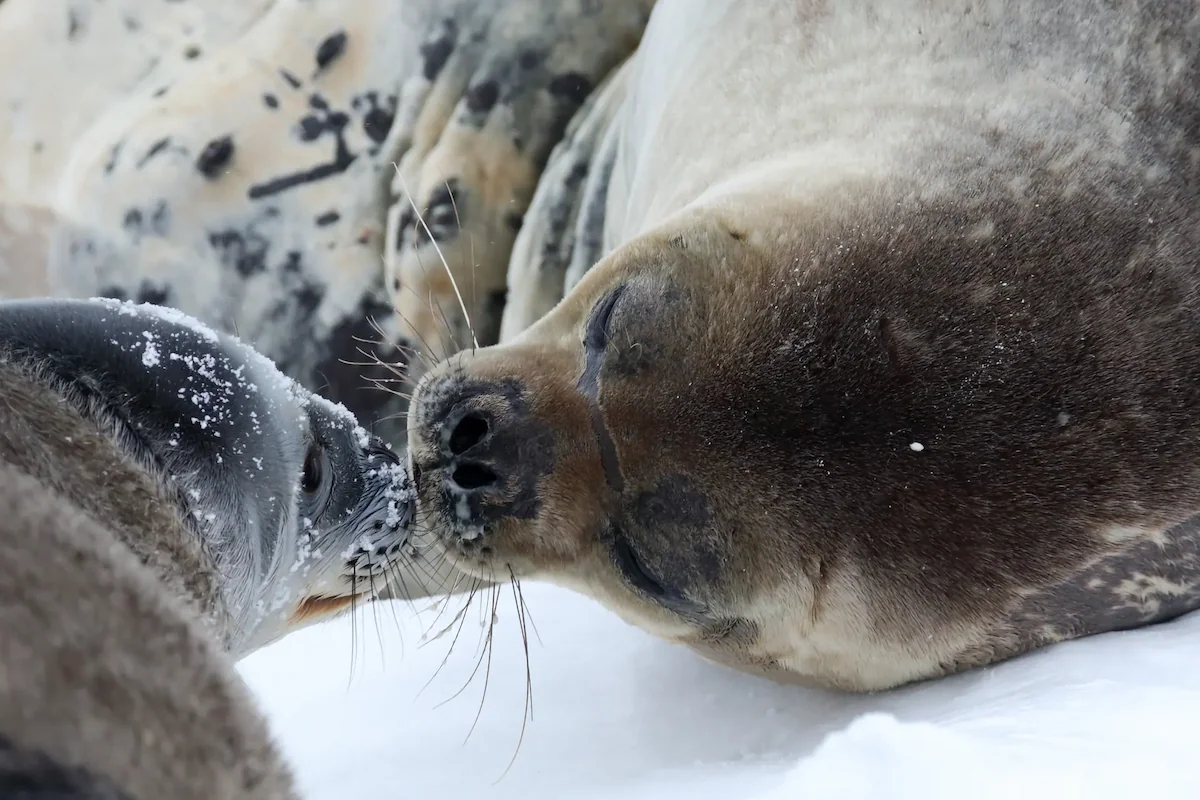
One of the loudest (and arguably one of the cutest) marine mammals you’ll see in Antarctica is the Weddell seal (Leptonychotes weddellii). Hanging out largely below and around the ice, their vocalizations can often be heard even through thick ice sheets. These seals are also homebodies, often found even as adults within a few miles of where they were born.
Hourglass Dolphin
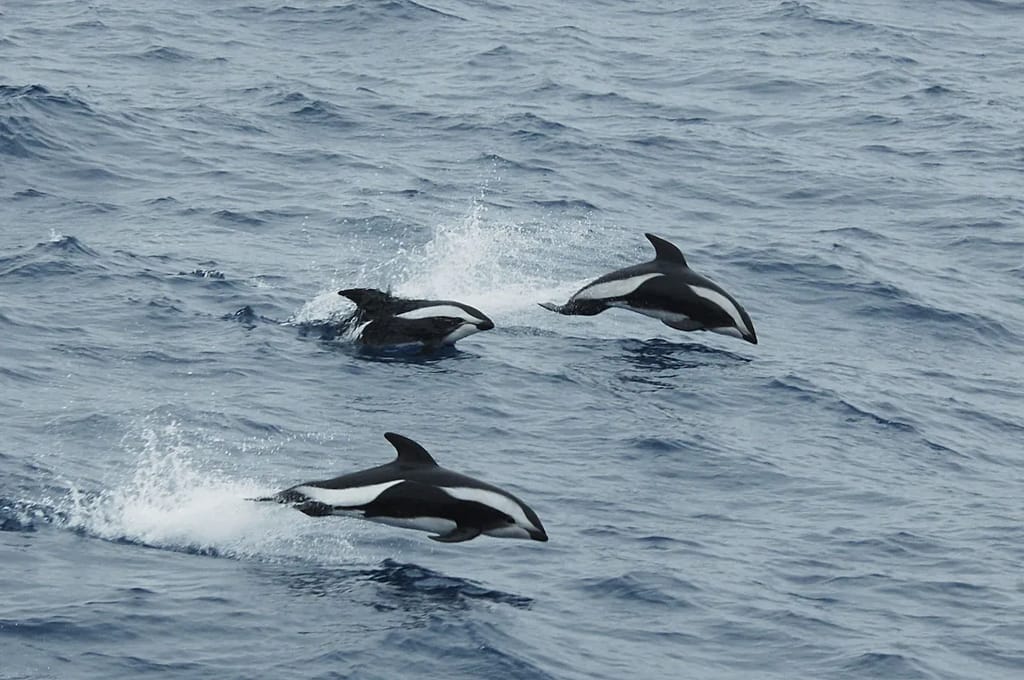
Hourglass dolphins (Lagenorhynchus cruciger), named for the white hourglass-shaped print that covers the sides of their otherwise black bodies, live exclusively in the sub-Antarctic and Antarctic seas. They almost look like they’re wearing little tuxedos! They typically can be found in groups of about eight individuals, but larger groups of up to 100 have also been observed.
Wandering Albatross
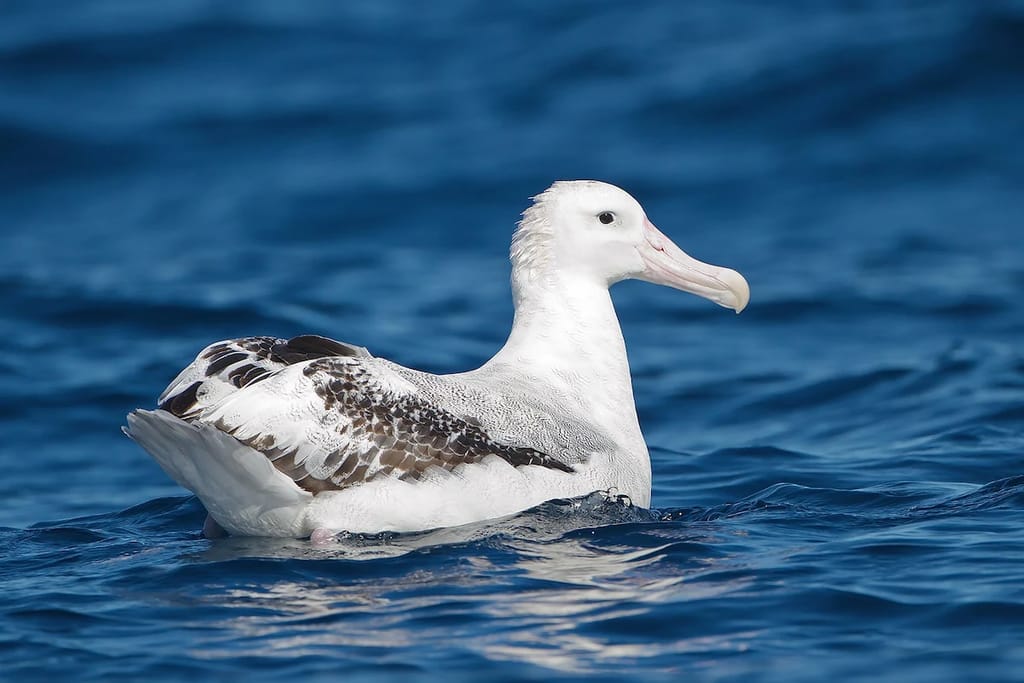
Multiple species of albatross can be found in Antarctica, and the wandering albatross (Diomedea exulans) is one of the most common. These seabirds boast the largest wingspan of any bird species in the world, up to 11 feet. They are renowned for their impressive “gliding” abilities and can glide through the air for multiple hours without having to flap their wings.
Yeti Crab

The hairy yeti crab (Kiwa hirsuta) is a crustacean that was just discovered in 2005. They are a type of squat lobster that are covered in pale, hair-like bristles that enable them to pull in their primary food source: bacteria. Another “yeti crab” found in the region is Kiwa tyleri, a deep-sea squat lobster that loves hanging out near hydrothermal vents.
Antarctic Krill

While krill are found almost everywhere in the world, Antarctic krill (Euphausia superba) constitute a keystone species in the Southern Ocean with, alas for the krill, much of life in this region depending on krill to thrive. These krill feed on algae that grows on ice and the surface of the ocean. They also redistribute nutrients throughout waters with their … well, waste.
Icefish
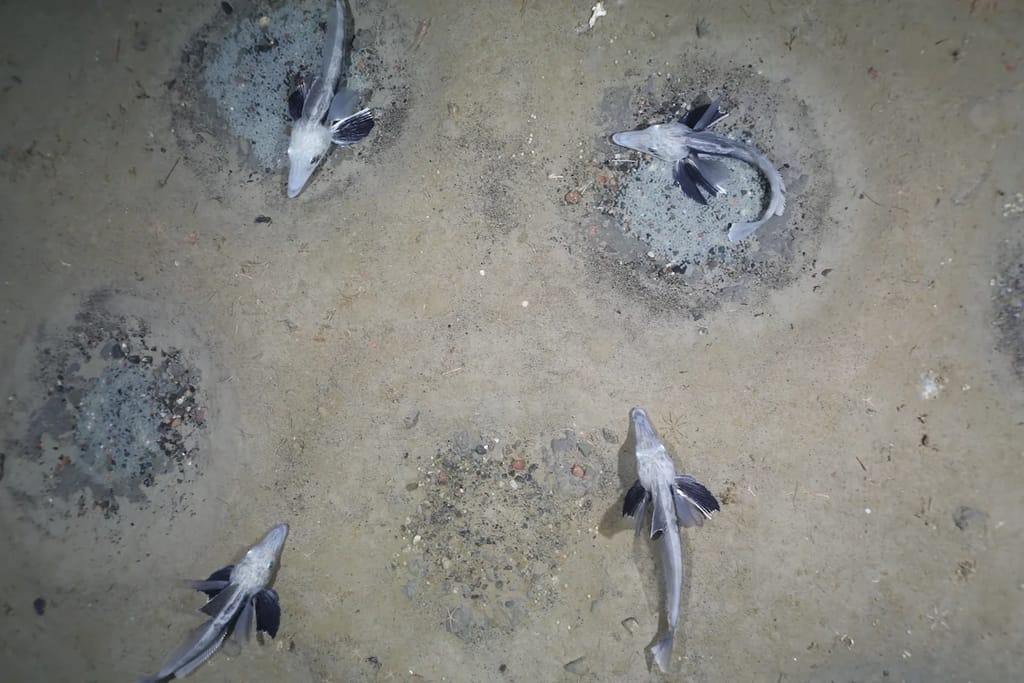
Icefish (Channichthyidae) are found in the Southern Ocean and are famous for having colorless blood due to a lack of red blood cells and hemoglobin. Just two years ago, a German research vessel surveying the seafloor of the Weddell Sea stumbled upon a colony of an estimated 60 million nests stretching across more than 90 square miles. With an adult icefish carefully guarding most of the nests, each nest contained approximately 1,700 eggs (that’s a lot of icefish babies)!
Toothfish
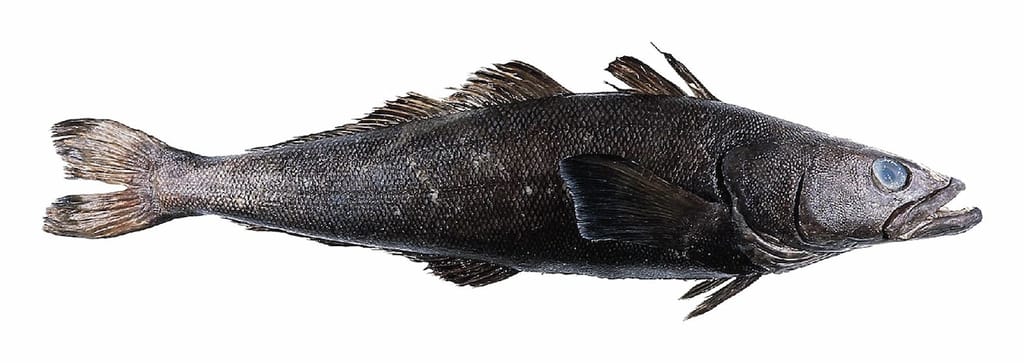
Toothfish are another Antarctic species with a curious trait: They possess a natural antifreeze, which keeps their blood from freezing when temperatures are at their lowest. There are two species of this favorite snack of orcas. Patagonia toothfish (Dissostichus eleginoides) are found in sub-Antarctic waters, while Antarctic toothfish (Dissostichus mawsoni) are found in more southern Antarctic waters.
It’s up to us to protect the unique wildlife in Antarctica in the face of the devastating effects of climate change. Take action with us today and help Ocean Conservancy in our work to fight for policies that strengthen climate resilience, prioritize clean energy and fight against fossil fuel dependence.